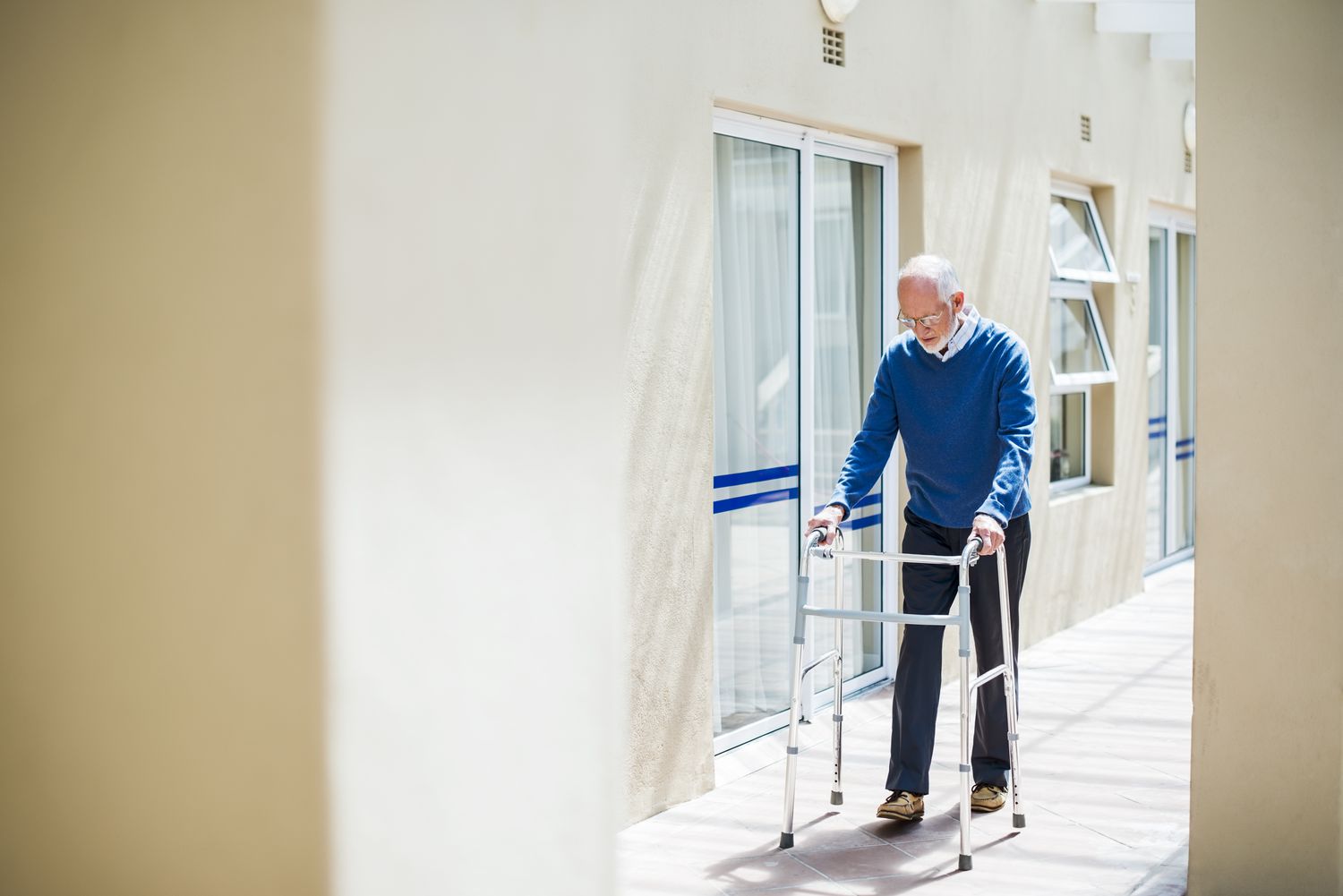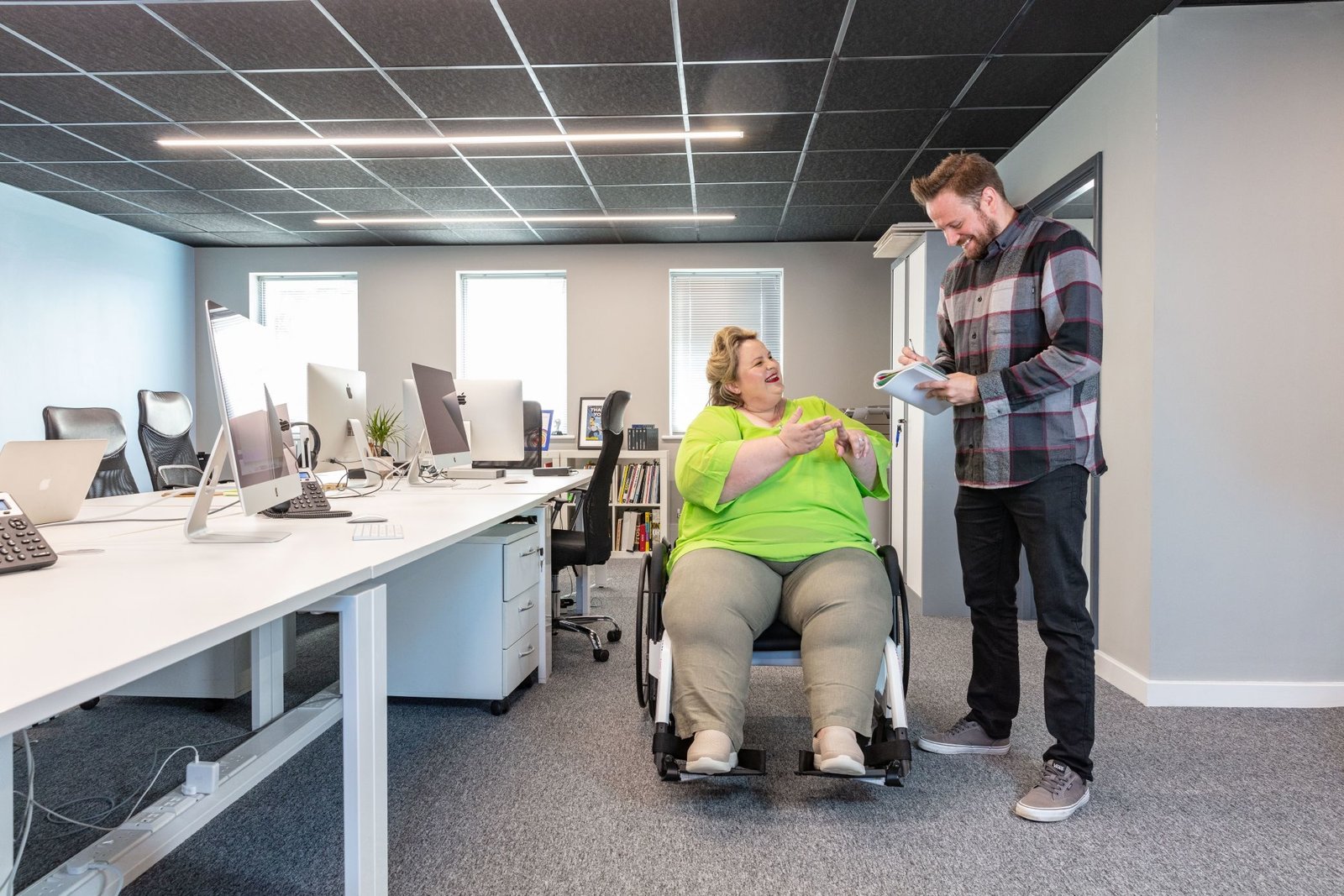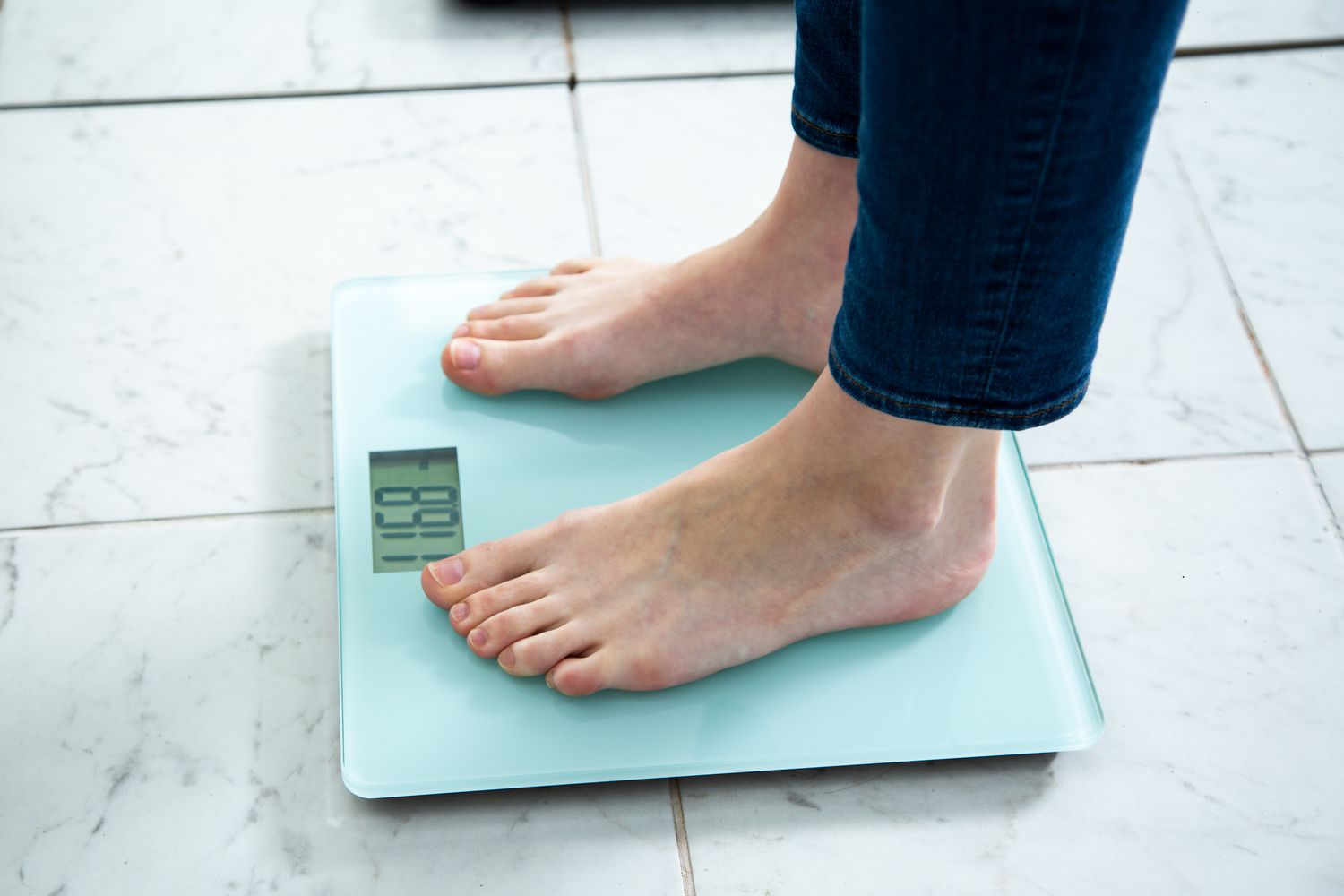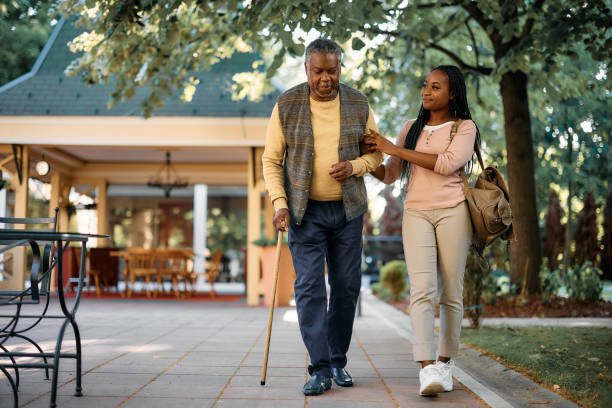Unlocking Mobility: A Comprehensive Guide to Walkers, Their Types, Uses, and Benefits
Outline
Introduction
- Importance of Mobility Aids
- Overview of Walkers
Types of Walkers
- Standard Walkers
- Features
- Ideal Users
- Two-Wheeled Walkers
- Features
- Ideal Users
- Three-Wheeled Walkers
- Features
- Ideal Users
- Four-Wheeled Walkers (Rollators)
- Features
- Ideal Users
- Knee Walkers
- Features
- Ideal Users
- Hemi Walkers
- Features
- Ideal Users
- Bariatric Walkers
- Features
- Ideal Users
- Standard Walkers
Uses of Walkers
- Post-Surgery Recovery
- Elderly Mobility Support
- Chronic Conditions Management
- Rehabilitation Therapy
Benefits of Using Walkers
- Enhanced Mobility
- Increased Independence
- Improved Safety
- Pain Reduction
- Promotes Physical Activity
Choosing the Right Walker
- Assessing Individual Needs
- Consulting Healthcare Professionals
- Evaluating Features and Accessories
Maintenance and Care for Walkers
- Regular Inspection
- Cleaning Tips
- Replacing Parts
Conclusion
FAQs
- What is the best type of walker for indoor use?
- How often should I inspect my walker for maintenance?
- Can walkers be used on all types of surfaces?
- How do I know if I need a walker?
- Are there any exercises to help me use my walker more effectively?
Introduction
Walkers are essential mobility aids that offer support and stability to individuals with variety of mobility issues. Whether they are recovering from surgery, managing a chronic condition/impairment, or needing extra help due to old age, walkers are pivotal role in enhancing one’s quality of life. Let’s dive into the different types of walkers, their uses, and the benefits they provide.
Types of Walkers
Standard Walkers
Features: Standard walkers come with four sturdy legs, providing maximum stability. They are usually made of lightweight metal like MS Steel and often have rubber tips to prevent slipping.
Ideal Users: It’s perfect for individuals who need substantial support while walking but have enough upper body strength to lift the walker as they move.
Two-Wheeled Walkers
Features: These walkers have two wheels on the front legs and rubber tips on the rear legs. This design allows for easier movement without having to lift the walker entirely.
Ideal Users: It is suitable for those who need support but find it difficult to lift a standard walker. They offer a balance between stability and ease of movement.
Three-Wheeled Walkers
Features: Three-wheeled walkers are more maneuverable, with a triangular design that includes a single wheel in the front and two in the back. They often come with a basket or pouch for carrying personal items.
Ideal Users: These are best for individuals who require more agility and a convenient way to carry items along, but still need some support while walking.
Four-Wheeled Walkers (Rollators)
Features: Rollators are equipped with four wheels, a seat, and hand brakes. They provide excellent mobility and can be used both indoors and outdoors.
Ideal Users: Ideal for those who can walk but need frequent breaks to sit and rest. The hand brakes offer added safety when navigating different terrains.
Knee Walkers
Features: These walkers have a padded platform for the knee and wheels, making them suitable for individuals who cannot bear weight on one leg.
Ideal Users: Perfect for individuals recovering from foot, ankle, or lower leg injuries. They allow for better mobility without putting strain on the injured leg.
Hemi Walkers
Features: Designed with a wide base and a handle on one side, hemi walkers are lightweight and can be used with one hand.
Ideal Users: Ideal for individuals with hemiplegia or those who have suffered a stroke and have limited use of one side of their body.
Bariatric Walkers
Features: Bariatric walkers are designed to support higher weight capacities and are often wider and sturdier than standard walkers.
Ideal Users: These are best suited for individuals who require additional support due to their weight, providing stability and comfort.
Uses of Walkers
Post-Surgery Recovery
Walkers are commonly prescribed to patients recovering from surgery, helping them regain mobility gradually and safely.
Elderly Mobility Support
For the elderly, walkers provide the necessary support to move around independently, reducing the risk of falls and injuries.
Chronic Conditions Management
Conditions like arthritis, multiple sclerosis, and Parkinson’s disease often affect mobility. Walkers help manage these conditions by offering steady support.
Rehabilitation Therapy
Walkers are valuable in rehabilitation settings, aiding patients as they recover from injuries or surgeries, allowing them to practice walking with support.
Benefits of Using Walkers
Enhanced Mobility
Walkers significantly improve the ability to move around, making daily activities easier and more accessible.
Increased Independence
By providing the necessary support, walkers enable individuals to perform tasks independently without relying on others constantly.
Improved Safety
Walkers reduce the risk of falls and related injuries, especially on uneven or slippery surfaces.
Pain Reduction
Using a walker can help distribute weight more evenly, reducing pain and discomfort in the lower body.
Promotes Physical Activity
Walkers encourage users to stay active and mobile, which is crucial for overall health and well-being.
Choosing the Right Walker
Assessing Individual Needs
Consider the user’s physical condition, the environment where the walker will be used, and any specific features that might be beneficial.
Consulting Healthcare Professionals
It’s essential to consult with a healthcare provider to ensure the chosen walker meets the individual’s medical and mobility needs.
Evaluating Features and Accessories
Look for additional features like adjustable height, hand brakes, and accessories such as baskets or trays that can enhance the walker’s functionality.
Maintenance and Care for Walkers
Regular Inspection
Regularly check the walker for any signs of wear and tear, such as loose screws or worn-out rubber tips.
Cleaning & Maintenance
Keep the walker clean by wiping it down with a damp cloth regularly. This prevents dirt buildup and maintains hygiene.
Replacing Parts
Replace any worn-out parts promptly to ensure the walker’s stability and safety.
Conclusion
Walkers are invaluable and necessary tools that offer support, stability, and independence to individuals with mobility challenges. By understanding the different types of walkers, their uses, and benefits, one can make an informed choice that best suits their needs. Proper maintenance and care will ensure the walker’s longevity, providing reliable assistance for years to come.
FAQs
What is the best type of walker for indoor use? The best type of walker for indoor use is typically a standard walker or a two-wheeled walker, as they provide stability and are easy to maneuver in tight spaces.
How often should I inspect my walker for maintenance? It’s advisable to inspect your walker at least once a month for any signs of wear and tear, ensuring all parts are secure and functioning correctly.
Can walkers be used on all types of surfaces? Most walkers can be used on a variety of surfaces, but it’s essential to ensure the rubber tips or wheels are suitable for the specific terrain to prevent slipping or instability.
How do I know if I need a walker? Consulting with a healthcare professional can help determine if a walker is necessary, based on your mobility needs and physical condition.
Are there any exercises to help me use my walker more effectively? Yes, exercises focusing on strengthening the upper body and improving balance can enhance your ability to use a walker more effectively and safely.
For purchase of Walkers, visit Our Products page for Walkers.
For more information, look at the blog post on Walkers.





